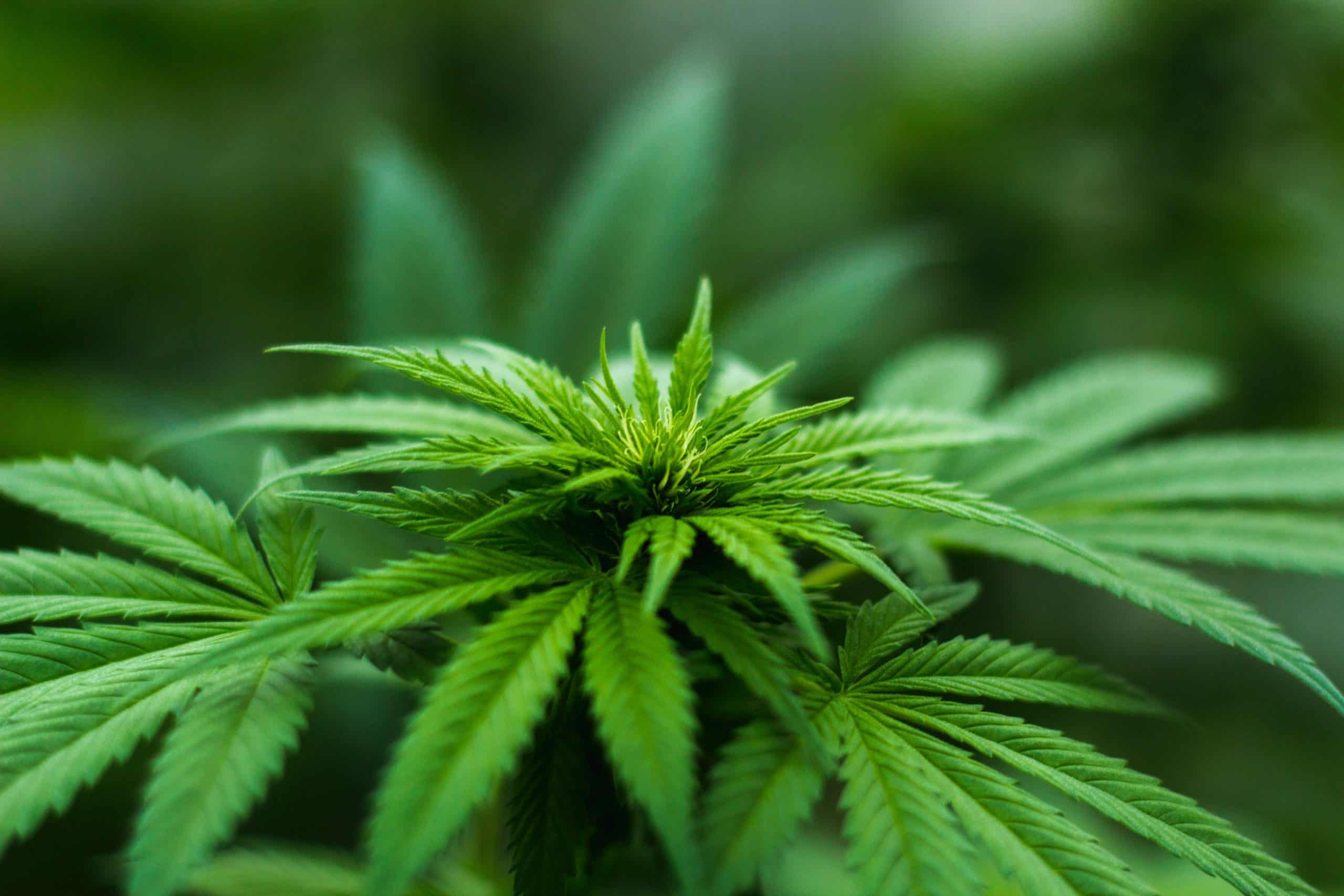Hydroponics, the method of marijuana cultivation without soil, has taken the world of marijuana farming by storm. With the promise of faster growth, larger yields, and a controlled environment, it’s no wonder that growers are making the switch. But what does it take to grow marijuana seeds in hydroponics successfully? Let’s dive in.
The Hydroponic Edge
Hydroponics offers several advantages over traditional soil cultivation
Efficient Water Use
Hydroponic systems can use up to 90% less water, making them environmentally friendly and cost-effective.
Space Efficiency
No sprawling fields are required. A small room or even a closet can yield a significant harvest.
Controlled Environment
Growers can control every aspect, from nutrient levels to pH, ensuring optimal growth conditions.
Choosing Quality Seeds – The Clearwater Genetics Way
Your hydroponic journey’s success begins with the seeds. Opting for premium seeds, like those from Clearwater Genetics, ensures a robust start. With a range of strains, from the tantalizing “(Oreoz x Maitai #4) #52 x Bolo Runtz” to the robust “Blue Ivy (Animal Cookies x Hashplant) x Apple Tartz,” there’s a flavor profile for every enthusiast.
Setting Up Your Hydroponic System
There are several hydroponic systems to choose from, each with its pros and cons:
Deep Water Culture (DWC)
In this system, plants are suspended in a nutrient-rich water solution, allowing roots direct access to everything they need.
Nutrient Film Technique (NFT): Plants are placed in a sloping trough, and a thin film of nutrient-rich water is continuously passed over the roots.
Lighting – The Heartbeat of Hydroponics
While water and nutrients are vital, light is the lifeblood of any plant. In hydroponics, the absence of natural sunlight means growers must provide the right amount and spectrum of light:
LED Grow Lights
Energy-efficient and long-lasting, LED lights can be tailored to provide the specific light spectrum marijuana plants need.
Light Cycles
Marijuana plants require different light cycles during their vegetative (18 hours on, 6 hours off) and flowering (12 hours on, 12 hours off) stages.
Nutrition – Feeding Your Green Babies
In hydroponics, plants rely entirely on the grower for nutrition. A balanced nutrient solution, tailored to the plant’s growth stage, is crucial. Regularly monitor and adjust the pH (ideally between 5.5 and 6.5 for marijuana) and nutrient concentration to ensure optimal uptake.
Challenges in Hydroponic Marijuana Cultivation
Disease
Even in a soil-less environment, pathogens can thrive. Regularly clean and sterilize equipment to prevent outbreaks.
Nutrient Imbalances
Over or underfeeding can stress plants. Regularly check nutrient levels and adjust as needed.
System Failures
Pumps can fail, and reservoirs can leak. Regularly inspect your system and have backup equipment on hand.
Legal Considerations
Before diving into hydroponic marijuana cultivation, it’s essential to be aware of the legal landscape. While marijuana seeds are legal in states like NJ, Connecticut, Virginia, Kentucky, and NC, laws can vary widely. Always check local regulations before starting your cultivation journey.
Conclusion
Growing marijuana seeds in hydroponics is an exciting journey, offering numerous benefits over traditional cultivation methods. With the right knowledge, equipment, and quality seeds, even beginners can achieve bountiful, potent harvests. As with any endeavor, continuous learning and adaptation are key. So, whether you’re a seasoned grower or a green-thumbed newbie, hydroponics offers a rewarding cultivation experience.
Frequently Asked Questions
Is hydroponics suitable for beginners?
Absolutely! While there’s a learning curve, many beginners find hydroponics more straightforward than soil cultivation once they get the hang of it.
How long does it take to grow marijuana in hydroponics?
From seed to harvest, it can take anywhere from 3 to 5 months, depending on the strain and specific conditions.
Is hydroponic marijuana more potent?
With optimal conditions, hydroponically grown marijuana can produce higher THC levels, making it more potent than its soil-grown counterparts.






